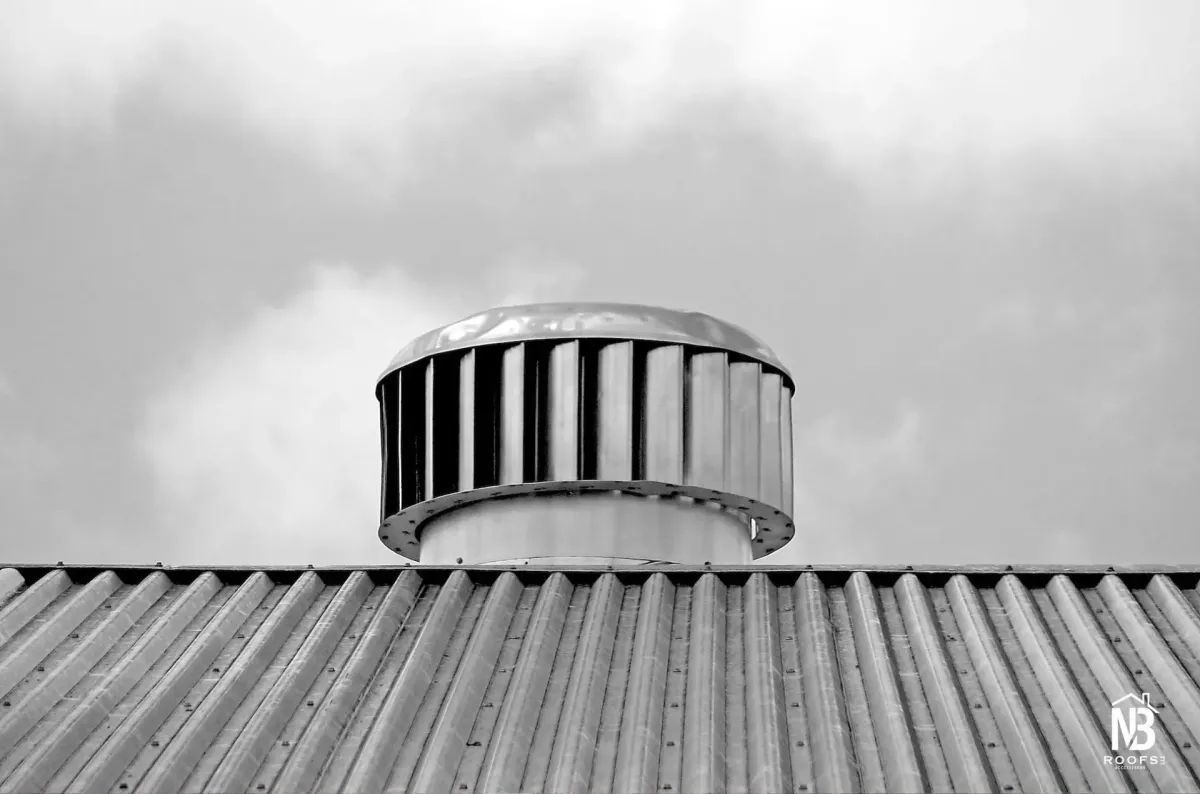
The Impact of Proper Roof Ventilation in Florida's Hot Climate
Understanding Florida's Unique Climate Challenges
Florida's climate presents unique challenges for homeowners, particularly when it comes to roofing systems. With average summer temperatures consistently above 90°F and humidity levels frequently exceeding 80%, the Sunshine State creates conditions that can significantly impact the longevity and performance of residential roofs. These extreme conditions make proper roof ventilation not just a recommendation but an essential component of any Florida home.
Unlike cooler northern climates where heating concerns dominate, Florida homeowners must contend with nearly year-round heat and moisture. This combination creates a perfect storm for potential roof damage when ventilation is inadequate. The subtropical climate means that moisture management becomes a critical factor in maintaining structural integrity and indoor comfort, while also ensuring energy efficiency in a region where air conditioning systems often run continuously for months.
How Improper Ventilation Affects Your Home
When a roof lacks proper ventilation in Florida's climate, the consequences can be both immediate and long-term. In the enclosed space of an attic, temperatures can soar to over 150°F during summer months without adequate airflow. This extreme heat doesn't just stay confined to the attic—it radiates downward into living spaces, forcing air conditioning systems to work harder and driving up energy costs substantially.
Beyond the comfort and financial implications, inadequate ventilation creates conditions where moisture becomes trapped within the roof structure. This moisture originates from both outside humidity and the everyday activities within the home—cooking, showering, and even breathing add water vapor to the indoor environment. Without proper ventilation pathways, this moisture condenses on the underside of the roof decking, creating ideal conditions for mold and mildew growth.
Over time, this trapped moisture begins to compromise structural elements. Wooden roof trusses and decking material can warp, rot, and deteriorate. Insulation becomes compacted and loses its effectiveness when saturated with moisture. Even metal components like fasteners and connectors can corrode prematurely in these conditions. What begins as a simple ventilation issue eventually transforms into a complex structural problem requiring expensive repairs.

Signs Your Roof May Have Ventilation Problems
Recognizing ventilation issues early can save Florida homeowners significant expense and frustration. One of the most noticeable indications is uneven temperatures throughout the home, particularly warmer second floors or rooms directly beneath the attic space. This temperature differential often indicates heat buildup that proper ventilation would otherwise dissipate.
Examining your energy bills can also reveal ventilation problems. A sudden or gradual increase in cooling costs, particularly during summer months and despite consistent usage patterns, often points to roofing system inefficiencies. Your air conditioning system compensates for the additional heat load by running longer cycles, consuming more electricity in the process.
Visual inspection can provide definitive evidence of ventilation issues. Checking the attic for mold growth, especially on the underside of the roof decking, indicates trapped moisture. Rusty nails or other metal components suggest ongoing condensation problems. Sagging roof decking or warped structural members demonstrate advanced moisture damage that requires immediate attention.
In some cases, exterior signs become visible as well. Curling or buckling shingles can result from excessive heat trapped beneath them. Premature deterioration of roofing materials, particularly along ridgelines where heat tends to concentrate, often indicates inadequate ventilation at the roof's highest points.
The Science of Effective Roof Ventilation
Effective roof ventilation operates on a simple principle: balanced airflow. A properly ventilated roofing system allows continuous air movement that carries away excess heat and moisture before they can cause damage. This system relies on two types of ventilation: intake and exhaust.
Intake ventilation typically occurs at the lowest portion of the roof, usually through soffit vents located in the eaves. These vents draw in cooler outside air, creating the beginning of a convection current. As this air warms within the attic space, it naturally rises toward the highest points of the roof.
Exhaust ventilation at the roof's peak allows this heated air to escape. Ridge vents, which run along the entire peak of the roof, provide continuous exhaust capability. Other options include gable vents, turbine vents, or powered attic fans that actively pull air through the system. The key to effectiveness lies in the balance—exhaust and intake ventilation should be equally matched to create consistent airflow.

Florida's climate requires particularly robust ventilation systems due to the extended cooling season. While northern homes might need a ventilation ratio of 1:300 (one square foot of ventilation per 300 square feet of attic space), Florida homes often benefit from a more generous 1:150 ratio. This enhanced ventilation capacity helps manage the extreme temperature and humidity conditions unique to the region.
Energy Efficiency Benefits of Proper Ventilation
The energy implications of proper roof ventilation in Florida are substantial. Research indicates that adequate ventilation can reduce attic temperatures by as much as 30°F, which translates directly to lower cooling demands for the home below. For many homeowners, this temperature reduction results in energy savings between 10-15% during peak summer months.
These savings accumulate over the life of the roof, often offsetting the initial investment in enhanced ventilation systems many times over. Furthermore, reduced cooling demands mean less strain on air conditioning equipment, potentially extending its operational life and postponing expensive replacements.
Beyond direct energy savings, properly ventilated roofs help maintain the effectiveness of attic insulation. When insulation remains dry and uncompressed, it provides consistent thermal resistance, further enhancing the home's overall energy profile. This combination of reduced attic temperatures and optimized insulation performance creates a compounding effect that benefits homeowners throughout Florida's extended cooling season.
Long-Term Protection for Your Roofing Investment
Considering that a new roof represents one of the most significant home maintenance investments—often exceeding $10,000 for an average Florida home—protecting this asset becomes crucial. Proper ventilation extends roofing material lifespan by minimizing the thermal cycling that causes materials to expand and contract repeatedly.
Most roofing manufacturers recognize the importance of ventilation, with many explicitly stating that their warranties may be voided if adequate ventilation is not maintained. This acknowledgment of ventilation's role in roofing performance underscores its importance as a protective measure for your investment.
Beyond the roofing materials themselves, ventilation protects the entire structural system. Preventing moisture damage to trusses, decking, and other structural components preserves the integrity of the entire home. When viewed as a system rather than an individual component, proper ventilation serves as a fundamental protective measure for the entire building envelope.
Taking Action for Your Florida Home
Recognizing the vital importance of proper roof ventilation in Florida's challenging climate is the first step toward protecting your home. The next crucial decision involves selecting experienced professionals who understand the unique requirements of Florida roofing systems. This is where NB Roofs stands apart, with specialized knowledge of regional challenges and proven ventilation solutions.
With years of experience serving Florida homeowners, NB Roofs offers comprehensive roof inspections that specifically evaluate ventilation adequacy. Their technicians are trained to identify existing or potential ventilation issues before they develop into costly problems. By examining current airflow patterns, measuring attic temperatures, and assessing moisture levels, they can recommend precisely tailored ventilation solutions for your specific home configuration.
Don't wait until energy bills spike or structural damage becomes evident. Contact NB Roofs today at 352-707-5515 to schedule a professional roof ventilation assessment. Their team will evaluate your current system, explain any identified issues in straightforward terms, and recommend appropriate improvements to protect your home and enhance its efficiency. With Florida's challenging climate, proper ventilation isn't just an option—it's an essential investment in your home's longevity, efficiency, and comfort.

